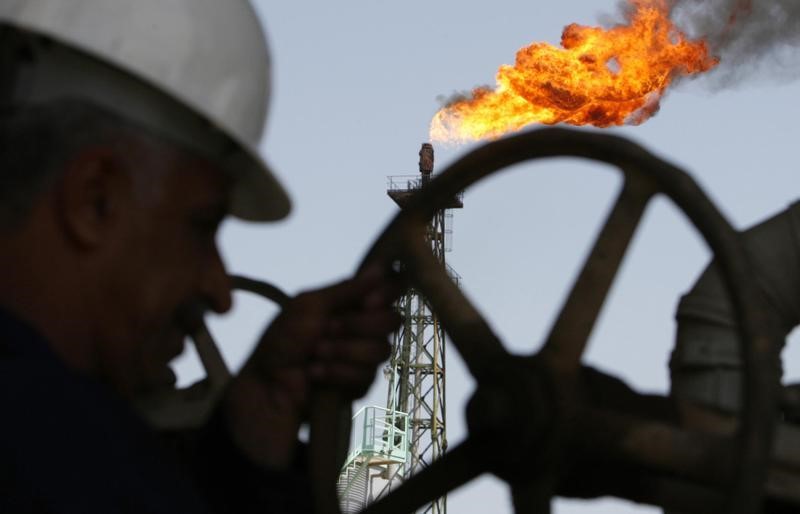Investing.com - Volatility is returning to oil, with daily swings of 2% to 3% likely, as traders and investors get caught up in countervailing themes such as production cuts and other supply disruptions versus fear of slowing growth and energy demand.
After settling up 2% on Friday on output cuts announced by OPEC and its allies, then slumping 3% on Monday on renewed anxieties over the U.S.-China trade war and Brexit, oil prices rose by more than 1% on Tuesday, supported by outages in Libyan supply.
U.S. West Texas Intermediate crude settled up 65 cents, or 1.3%, at $51.65 per barrel, after rising nearly 3% earlier in the day. With just three weeks to the end of 2018, WTI remains down about 15% on the year and some 32% lower from four-year highs of nearly $77 per barrel hit in early October.
Brent, the global benchmark for crude, rose by 20 cents, or 0.3%, to $60.17 per barrel by 2:45 PM ET (17:45 GMT). Brent is down almost 10% on the year and 30% lower from four-year highs of nearly $87 per barrel hit two months ago.
"Overall, flows remain limited in our view as discretionary trading is at a minimum as we approach year end as the market is unsure on whether to pay attention to the concept of less oil from OPEC and Canada, or pay attention to sagging demand possibilities due to what the market perceives as a global slowdown," said Scott Shelton, broker and analyst for ICAP (LON:NXGN) in Durham, N.C.
On the Libyan front, officials cited a production loss of 315,000 barrels per day (bpd) from the El Sharara oilfield, which was seized at the weekend by a local militia group. Separately, Libya's National Oil Company (NOC) reported an additional loss of 73,000 bpd at another oilfield, El Feel.
Offsetting that positive sentiment were remarks by Russian Energy Minister Alexander Novak that Moscow would only be able to reduce 50,000 to 60,000 bpd in January from its pledge at last week's OPEC meeting to cut some 228,000 bpd over the next six months.
More interesting than that was the latest forecast for U.S. oil production in 2019 from the Energy Information Administration. The EIA's Short-Term Energy Outlook put U.S. output for next year at a record high 12.1 million bpd on the average, versus the average of 10.9 million expected this year. The net increase of 1.2 million bpd would essentially account for all the supply OPEC and its allies planned to cut next year to shore prices up.
"If true, there goes your bullish story for oil from these cuts," said John Kilduff, partner at New York energy hedge fund Again Capital.
Oil prices initially soared last Friday after Russia and other non-OPEC oil producers offered to cut a cumulative 400,000 bpd on top of the 800,000 bpd that Saudi Arabia and the rest of OPEC planned to take off the market through June. But the rally faded by Monday on the notion that the cuts did not account for the tide of U.S. supply that could come in the next six months if prices recovered.
The EIA will publish on Saturday weekly supply-demand oil statistics on Wednesday, where it expected to announce a drawdown of nearly 3 million barrels for last week, analysts said.
